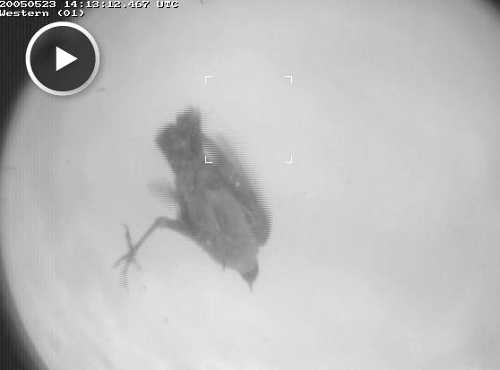- Lake County News reports
- Posted On
Sunshine Week: Nearly half of federal agencies lag in responding to FOIA information requests
Freedom of Information Audits and Government Transparency from Knight Foundation on Vimeo.
.
.
.
The Obama administration is only about halfway toward its promise of improving Freedom of Information responsiveness among federal agencies, according to the new Knight Open Government Survey by the National Security Archive, released Sunday for Sunshine Week.
On his first day in office in January 2009, President Barack Obama issued a presidential memorandum instructing federal agencies to “usher in a new era of open government.”
In March 2010, however, the 2010 Knight Open Government Survey found that only 13 out of 90 agencies had actually made concrete changes in their FOIA procedures.
The resulting national headlines sparked a new White House call to all agencies to show concrete change.
This year, the 2011 Knight Open Government Survey found that a few more than half of the federal agencies have complied – up from 13 to 49.
“At this rate, the president’s first term in office may be over by the time federal agencies do what he asked them to do on his first day in office,” said Eric Newton, senior adviser to the president at the John S. and James L. Knight Foundation, which funded the study. “Freedom of information laws exist to help all of us get the information we need for this open society to function. Yet government at all levels seems to have a great deal of trouble obeying its own transparency laws.”
Modeled after the California Sunshine Survey and subsequent state “FOI Audits,” the archive’s series of Knight Open Government Surveys, started in 2002, use open government laws to determine whether or not agencies are obeying those same laws.
Recommendations from previous Knight Open Government Surveys led directly to laws and executive orders which have: set explicit customer service guidelines, mandated FOIA backlog reduction, assigned individualized FOIA tracking numbers, forced agencies to report the average number of days needed to process requests and revealed the (often embarrassing) ages of the oldest pending FOIA requests.
“The Obama administration told us last year that one year was too short a time to show real change,” said Tom Blanton, director of the National Security Archive. “This year’s Knight Survey reveals a glass half full of open government, and some persisting deep problems, including FOIA requests marooned for years in never-ending referrals among agencies.”
The 2011 Knight Open Government Survey team filed FOIA requests with the 90 federal agencies that have chief FOIA officers, asking for copies of concrete changes in their FOIA regulations, manuals, training materials, or processing guidance as a result of the “Day One” Obama memorandum, and the March 2010 White House memorandum from then-Chief of Staff Rahm Emanuel and White House Counsel Bob Bauer.
The Emanuel-Bauer memo told agencies to 1) update all FOIA material, and 2) assess whether FOIA resources were adequate.
Several agencies demonstrated significant changes in their processes, major upgrades to their Web postings on FOIA, and improved responsiveness to requesters.
But others showed no change as of yet, or failed even to respond in a timely fashion to the Knight Survey requests.
In one egregious case, the U.S. Postal Service stated it had “no responsive records.” It said it had never received the Emanuel-Bauer memo asking for progress to be shown in response to President Obama’s first-day call for openness.
“Perhaps the Postal Service lost that memo in the mail,” commented Nate Jones, the Archive’s FOIA coordinator who managed the Knight Survey requests.
He noted that 18 agencies are still working on the request after 117 business days when the law requires 20, and that four agencies did not even acknowledge receiving the Archive’s FOIA request despite numerous calls and faxes.
“That indifference toward FOIA shows just how far some agencies lag behind implementing the law that President Obama called ‘a profound national commitment to ensuring an open government.’”
The John S. and James L. Knight Foundation advances journalism in the digital age and invests in the vitality of communities where the Knight brothers owned newspapers. Knight Foundation focuses on projects that promote informed and engaged communities and lead to transformational change. For more, visit www.knightfoundation.org.
Follow Lake County News on Twitter at http://twitter.com/LakeCoNews , on Facebook at http://www.facebook.com/pages/Lake-County-News/143156775604?ref=mf and on YouTube at http://www.youtube.com/user/LakeCoNews .

 How to resolve AdBlock issue?
How to resolve AdBlock issue? 









